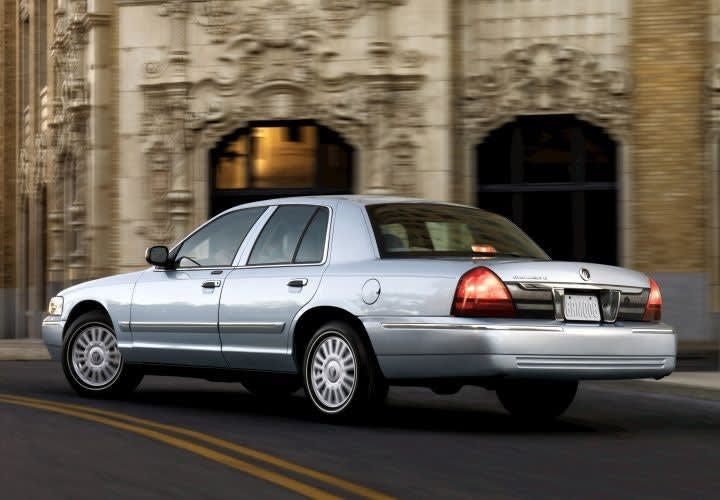Since Moran isn't a vehicle dealer, he needs to operate under a partnership that allows the agency to secure much-needed cars, save taxpayer funds and avoid an arduous open-bid process when only buying a few cars at a time. The process is known as sole sourcing.
Moran has partnered with Bob Wondries Ford of Alhambra, Calif., to gain access to the dealer auctions, allowing him to purchase vehicles such as a Mercury Grand Marquis sedan, F-150 truck or Ford Explorer SUV. Since Wondries owns other dealerships, the department is also able to purchase General Motors/Chevrolet, Nissan and Toyota vehicles.
Moran spends about $1.5 million each year buying cars this way as one element of the almost 500 vehicles he purchases a year that include 300 radio cars, 75-100 staff cars, 75-100 undercover vehicles and miscellaneous special equipment. The department's entire fleet includes about 5,400 vehicles.
By buying his undercover vehicles at the auctions, which are usually held in the Inland Empire area of Southern California, he spends about $25,000 per vehicle for cars, trucks and SUVs that are often only a year old and have about 20,000 miles on their odometers.
In particular, Moran looks for powerful engines and won't buy colors such as red that catch the eye. Silver, white and tan cars are ideal.












